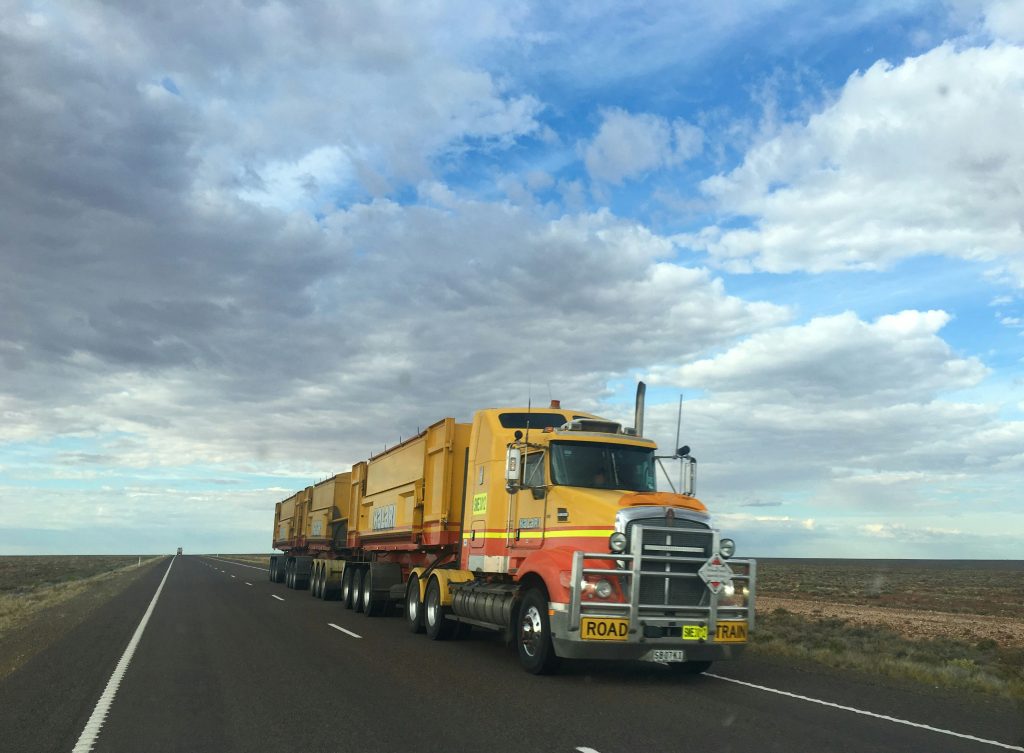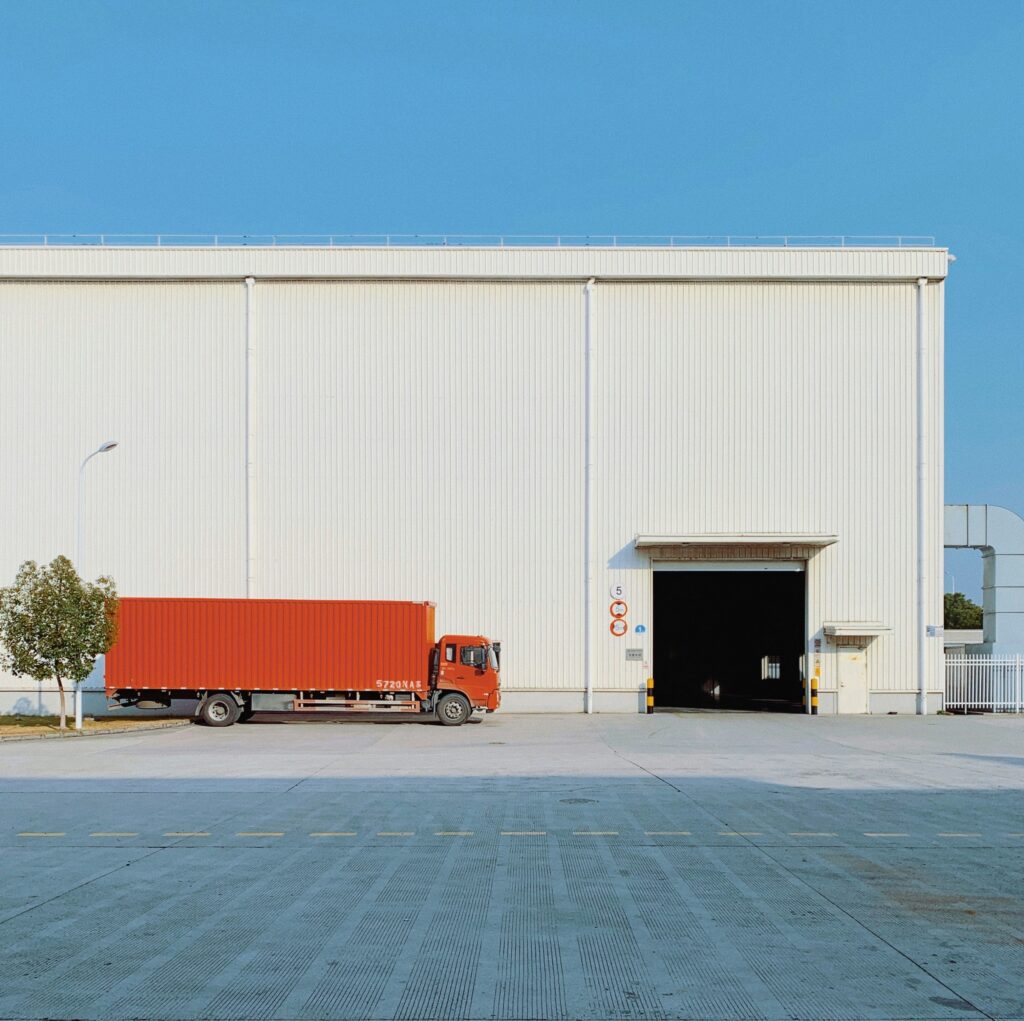Trucking Logistics: Essential Insights for Importers and Amazon Sellers
In today’s fast-paced e-commerce environment, efficient trucking logistics are vital for importers, brick and mortar businesses and Amazon/ecommerce sellers aiming to maintain a competitive edge. Understanding the complexities of trucking logistics can streamline operations, reduce costs, and enhance customer satisfaction.
Understanding Trucking Logistics
Trucking logistics involves the strategic planning and execution of transporting goods via road. This encompasses route optimization, vehicle management, driver assignments, fuel purchasing, and compliance with regulations. For importers and Amazon sellers, effective trucking logistics ensure timely deliveries from ports to warehouses or directly to fulfillment centers.
Key Considerations for Importers and Amazon Sellers
Selecting the Right Logistics Partner: Choosing between freight brokers and third-party logistics providers (3PLs) is crucial. Freight brokers coordinate transportation without owning assets, offering flexibility. In contrast, 3PLs own their transportation assets, providing integrated services. Assess your business needs to determine the best fit.
Compliance with Regulations: Adhering to federal and state regulations is essential to avoid penalties and ensure smooth operations. This includes understanding hours-of-service rules for drivers, weight limits, and safety standards.
Technology Integration: Utilizing advanced technologies like GPS tracking, warehouse management systems, and automated reminders for vehicle maintenance can enhance efficiency and provide real-time visibility into your supply chain.
Cost Management: With rising fuel costs and inflation impacting the industry, implementing strategies to monitor and control expenses is vital. This includes optimizing routes, maintaining vehicles to prevent costly repairs, and negotiating competitive rates with service providers.
Risk Management: Ensuring the safety and security of goods during transit is paramount. This involves proper packaging, selecting reliable carriers, and having contingency plans for unforeseen disruptions.
Current Trends in Trucking Logistics
Inflation and Rising Costs: The industry is experiencing increased expenses due to inflation, affecting everything from fuel to vehicle parts. Staying informed about economic indicators can help in strategic planning and budgeting.
Vehicle Availability: Supply chain disruptions have led to a shortage of new vehicles, prompting companies to extend the lifespan of existing fleets. Regular maintenance and investment in fleet management software are becoming more critical.
Technological Advancements: The adoption of technology in logistics is on the rise, with tools that offer real-time tracking, data analytics for decision-making, and automation to improve efficiency.
Conclusion
For importers and Amazon or ecommerce sellers, mastering trucking logistics is a cornerstone of operational success. By understanding the intricacies of the industry, staying abreast of current trends, and leveraging technology, businesses can navigate challenges and capitalize on opportunities in the logistics landscape.
For more insights into import logistics, consider reading The ABCs of Import Logistics.
Additionally, explore Basics of Import Export Logistics for a comprehensive understanding of the logistics involved in international trade.
You can read more about the dynamics of ocean cargo rates over here on the blog.




